Exporting copper from Zambia — a tale of two roads
Copper remains Zambia’s principal export and tax earner. But getting the product out is subject to challenges of both hardware and software.
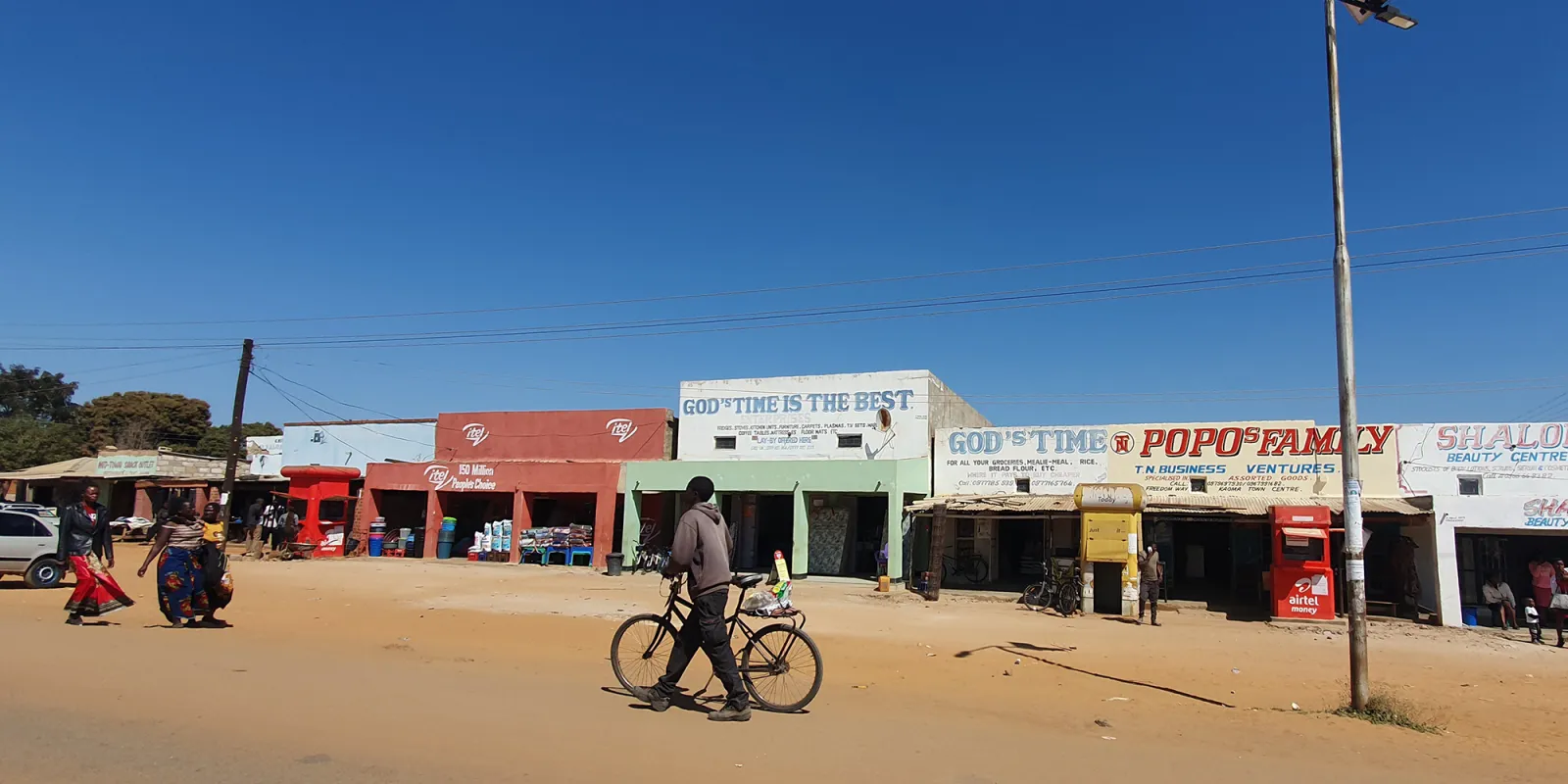
The towns on the road to Mongu are memorable for their roadside stalls and shiny tomatoes, throngs of people in brightly coloured chitenge, and the quaintly named shops. (Photo: Greg Mills)
The road to Mongu is studded with people, often schoolchildren, many walking with produce or containers of water, others on bikes, pushing inconceivable loads of charcoal and, occasionally, an overburdened and sometimes waywardly steered ox-wagon.
The towns are memorable for their roadside stalls and shiny tomatoes, throngs of people in brightly coloured chitenge, and the quaintly named shops — Mr So Chabe (for clothing), Needs Never End, No 17 Hardware, Best for All, Hope Investment, Best for all Victory Shop, Big Jimmy China, Mongu ex-Inmates Industrial Hub, God Bless Investment, Meat Supremacy and Pork, and Termite Meat Supplies among them.
Some 600km west of Lusaka, Mongu is the capital of the western area of Zambia, home of the Lozi people who migrated to the Barotse Floodplain half a millennium ago, setting up their own state under their ruler, or Litunga, meaning “Keeper” or “Guardian of the Earth”.
Today, the area is best known outside Zambia for the Kuomboka ceremony in which the royal court moves to a flood-season palace at Limulunga, about 15km outside Mongu. During the wet season, the Zambezi River, which runs north-south past Mongu, floods across the 30km-wide flat plain right up to the town.
Despite the local traditions — or perhaps because of them — the Barotse are a casualty of the system of government they embraced 60 years ago. They remain proud, but many are still poor. The poverty of Barotseland’s development — the lack of tarred roads and jobs, for example — has continued to grind, especially among the politically minded, and this occasionally surfaces in calls for secession from Zambia, given the nature of the territory’s governance inclusion.
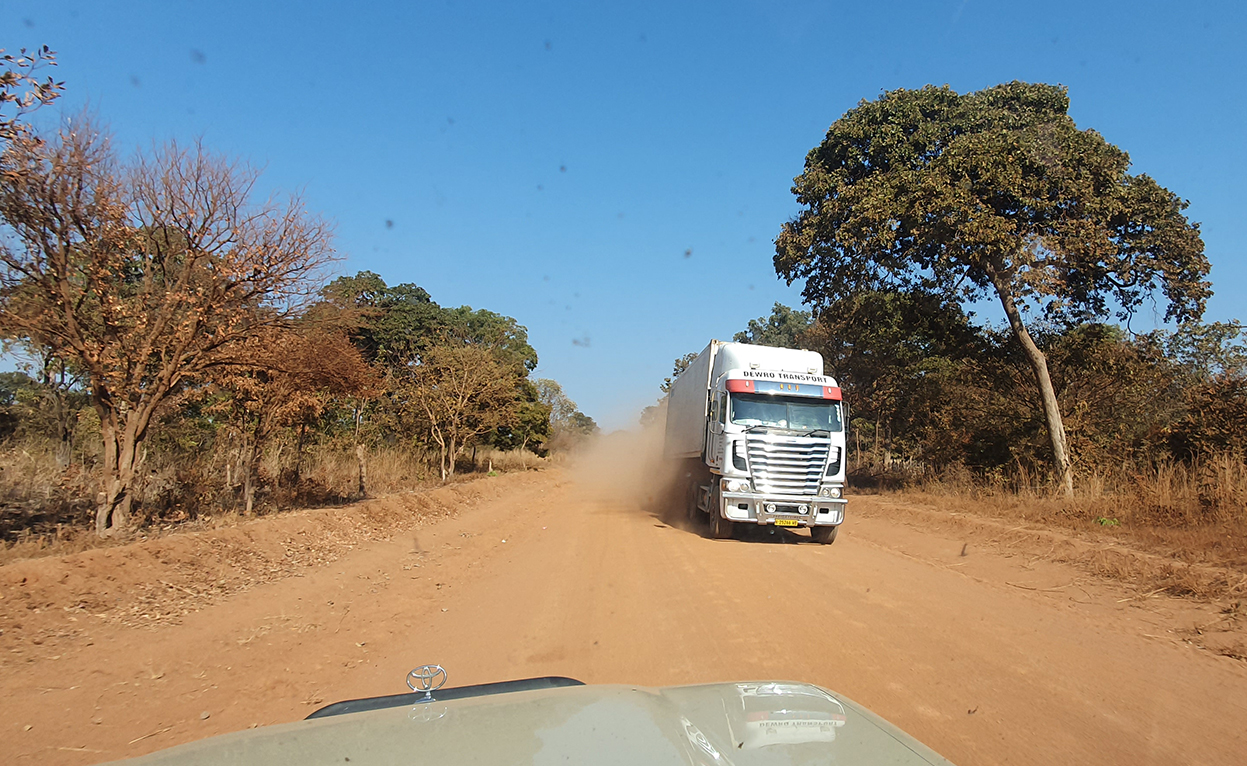
Under the terms of the Barotseland Agreement of 1964 signed by the Litunga and Kenneth Kaunda, the then prime minister of Northern Rhodesia, Barotseland came into the Zambian fold having been granted certain autonomies, including self-governance rights over land, natural resources and local government, and guarantees about the Litunga’s position as the “principal local authority”.
Then, following independence on 24 October 1964, president Kaunda introduced various measures to undermine this special status, ultimately annulling the Barotseland Agreement in 1969, and renaming Barotseland “Western province”, to the upset of some activists.
Kaunda’s machinations reflected the priority of Zambia’s political class at the time — the quest for power, control and authority.
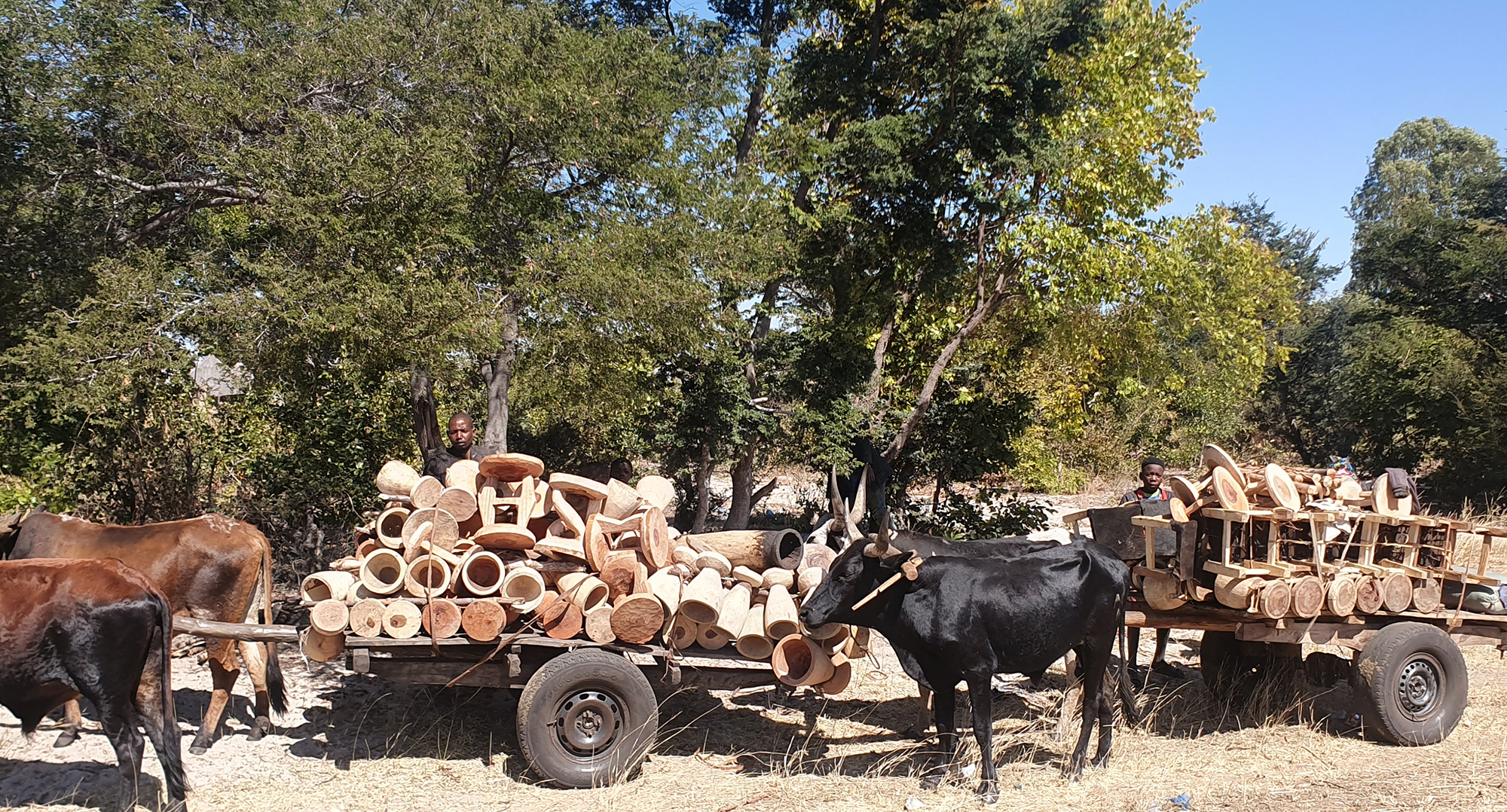
Today this plays out in several ways, not least the manner in which the civil service relates to the political class, and historically the executive and the bureaucracy to the needs of the populace.
Copper remains Zambia’s principal export and tax earner. The North-Western province is at the epicentre of the copper industry. Two mines — at Kalumbila and Solwezi — produce nearly two-thirds of Zambia’s annual production of 720,000 tonnes.
But getting the product out is subject to challenges of both hardware and software.
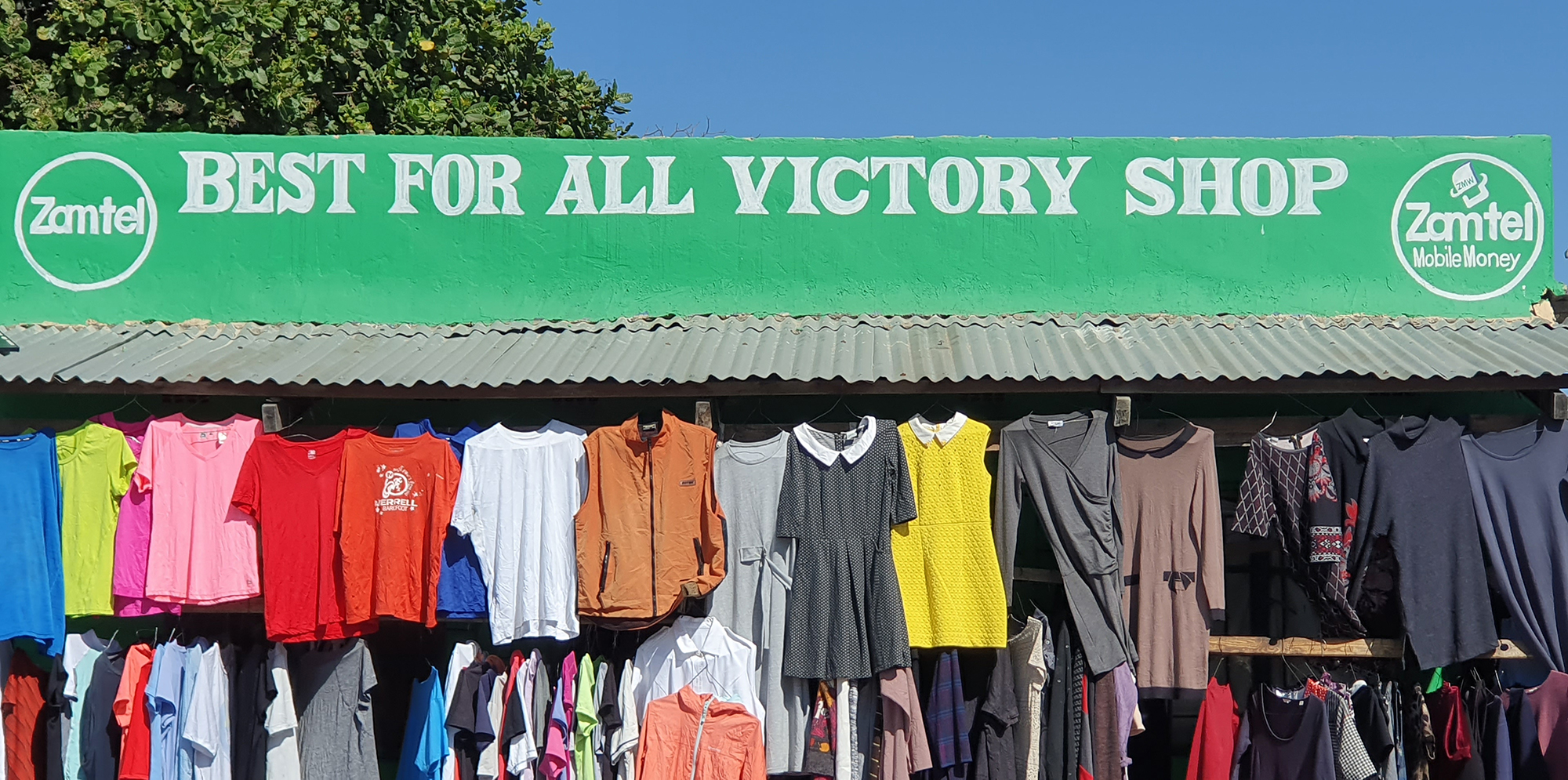
Four main routes
There are four main routes from Solwezi to markets outside: the 2,300km to Namibia’s port of Walvis Bay, 1,640km through Beira in Mozambique, 2,700km to Durban, and 2,100km to Tanzania’s Dar es Salaam.
Although it is not the shortest, the route to Walvis Bay is perhaps the most promising. This partly reflects Walvis Bay’s relative efficiency. According to the World Bank’s port efficiency rankings, Walvis Bay is in 328th position out of 366 ports ranked, Dar Es Salaam 361 and Durban 364. Beira is at 270, though the route there is even more fraught through Zimbabwe or Malawi, despite being shorter.
Regardless, the port’s executive is aware of its challenges, and the imminent concessioning of the container depot (currently running at 168,000 containers per annum, compared with its capacity of 750,000) is expected to help. Walvis Bay handles 4.4 million tonnes of bulk freight annually, of which 1.4 million tonnes are cross-border regional trade. This translates into more than 400 trucks calling at the port every day, and 2,500 vessels a year.
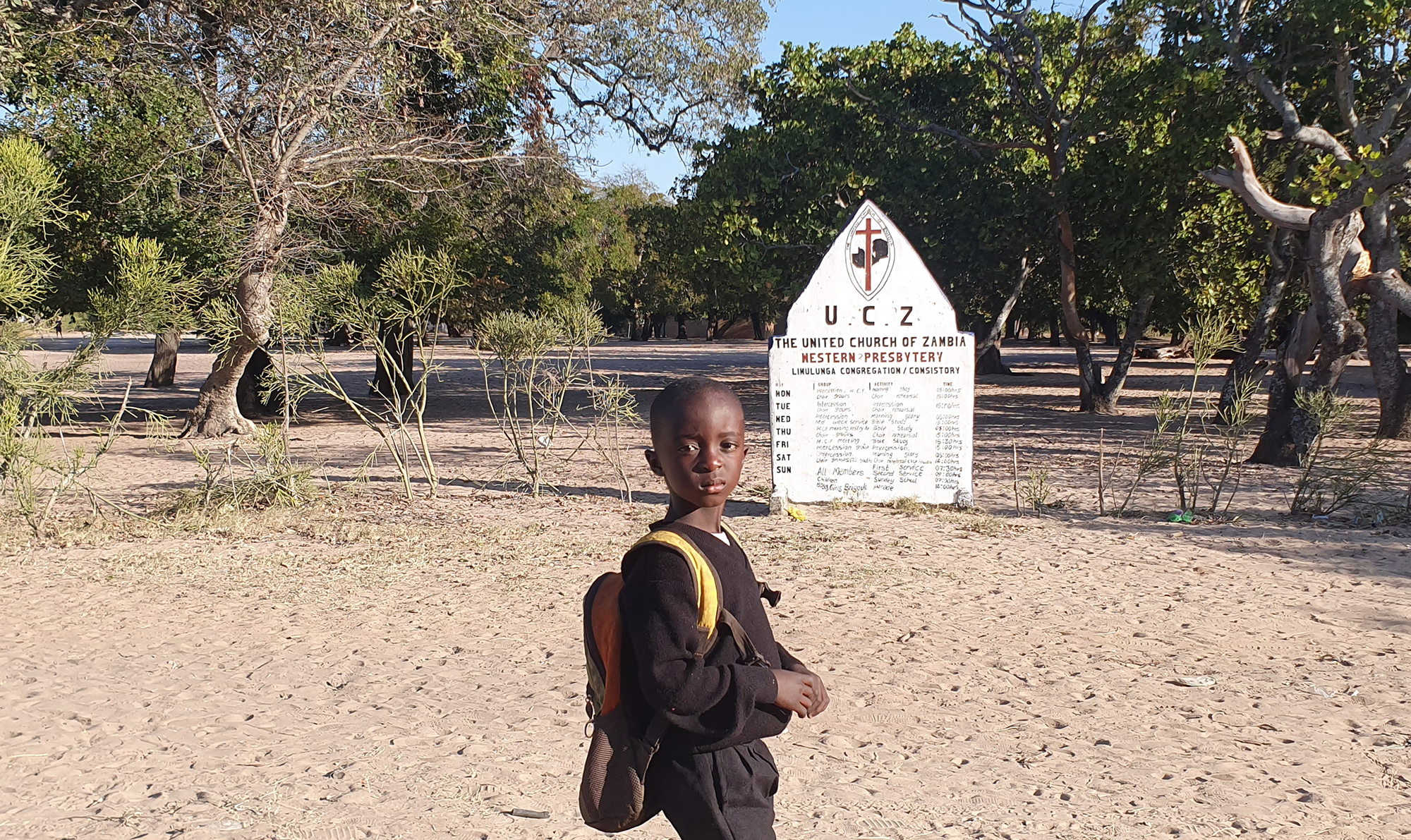
The choice of the Walvis Bay option also relates to the obstacles on the journey. Whereas the route to Dar Es Salaam takes two weeks, for instance, Walvis Bay is just seven days away, with a three-day turnaround on average at the port for the return trip. Thus, the cost per tonne (of a 34-tonne load) is about $130, compared to $170 for Dar Es Salaam, with a truck’s waiting time costing around $350 per day.
Not only could the port be more efficient, but the journey to Walvis Bay could be even quicker, saving time and money which will reflect in Zambian competitiveness and investment.
The journey pivots at Mongu. It is a tale of two roads.
The first 600km south from Solwezi to Mongu can be divided into three segments: the first 200km to Kasempa on a very poor, but once tarred road, with potholes sometimes along the entire width; a second section from Kasempa to Kaoma is about the same length of fairly smooth gravel road; and a third from Kaoma to Mongu is 200km of tar where the first 20km is badly potholed.
The average speed for much of the journey is little more than 50km/h.
The next 300km from Mongu to the Namibian border at Sesheke/Katima Mulilo is on a near-pristine tar road. But here the challenge is more one of software. Even with pre-clearance, the copper trucks can wait three days, as the more than 200 vehicles clustered around the border post testify. Southern African truck drivers deserve a medal for their apparently infinite patience with bureaucracy.
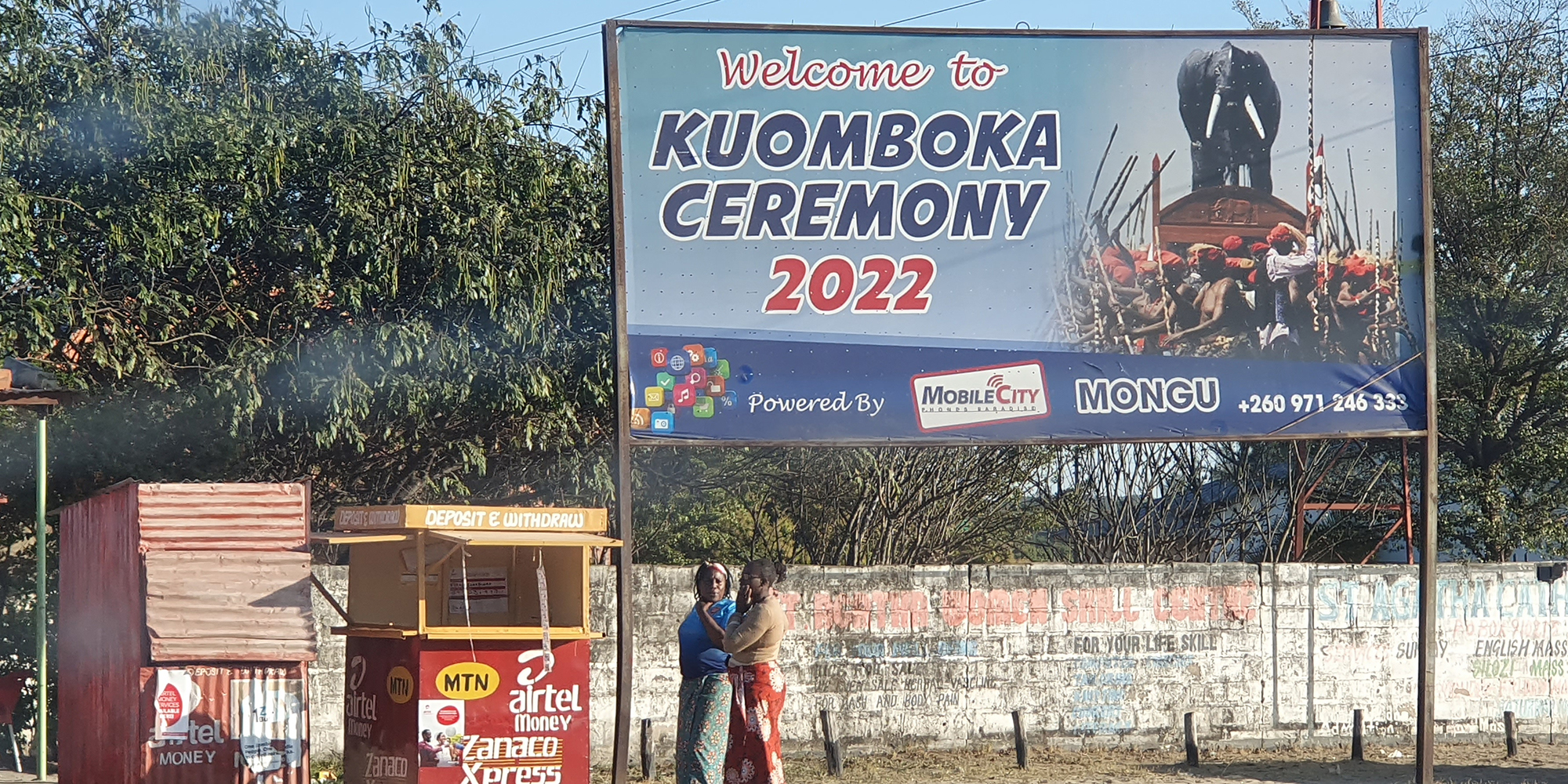
Of course, this is nothing like Democratic Republic of the Congo (DRC), from where the average journey time to Walvis Bay is nearly three weeks, with the chronically chaotic border post at Kasumbalesa adding 17 days.
This does not have to be this hard. A public-private partnership over the route, with reflective tariffs, would help solve the hardware deficit. The software may be more difficult, since it is probably in the interests of officials to slow down traffic to create an “economy of delay” at the borders.
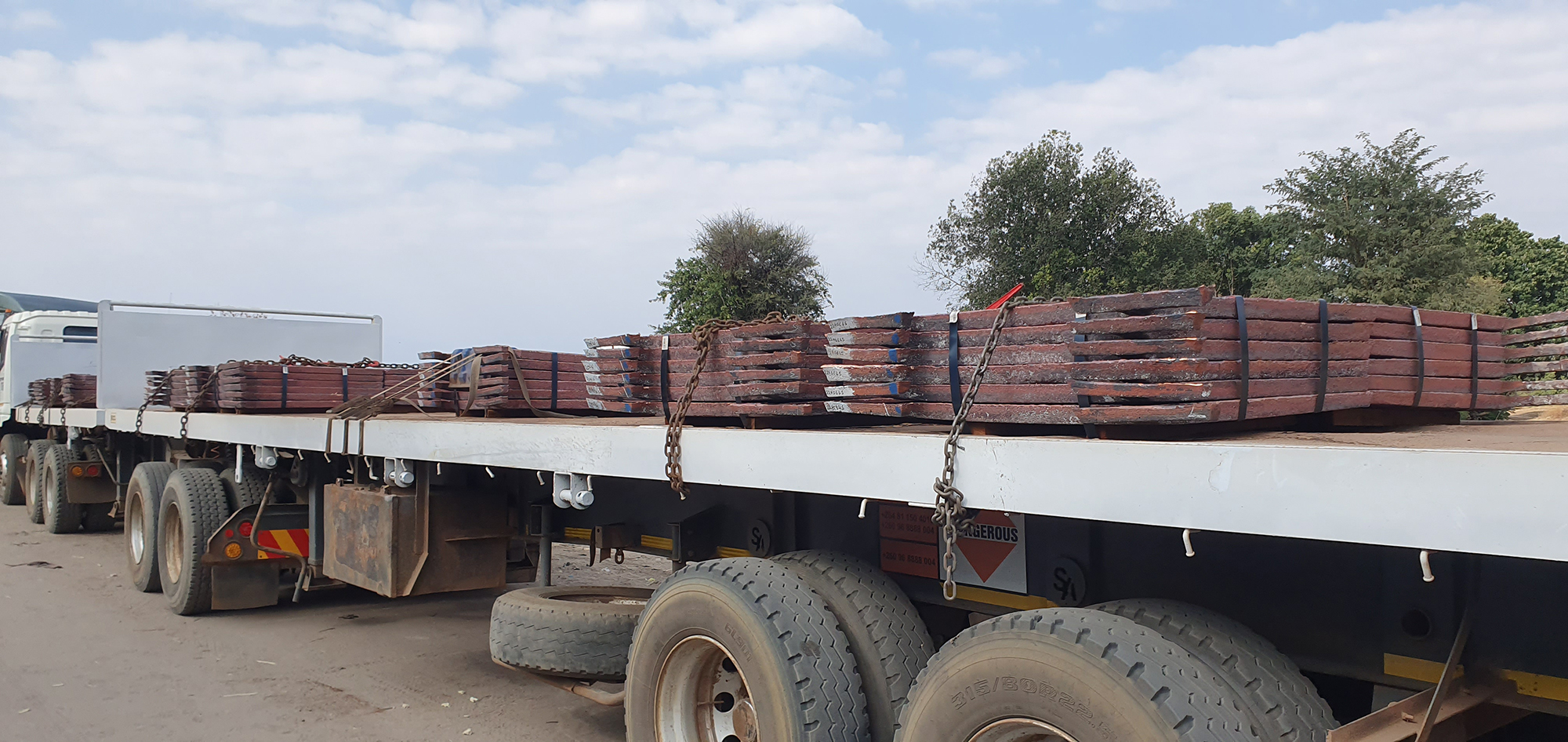
Yet there is no reason why, with pre-clearances in an era of digitised documentation, a border post can’t be little more than a line on a map, as they are in much of Europe. Queues of trucks usually illustrate a deliberate dysfunction aimed at extortion rather than a naïve or unknowingly chaotic operational system. Slowing down trucks can be very good business for the local economy.
Finding a new way to do this is imperative to change the fortunes of Zambians, Congolese and, indeed, southern Africans. Zambia’s population has risen from just over three million at independence to 19 million today, and it is estimated that it will increase threefold by 2050 and to 100 million by the turn of the century. In the DRC, the projections are no less spectacular and daunting: 15 million at independence in 1960, 90 million today, 194 million in 2050 and 362 million in 2100, over which time it will have risen from the 17th to the fifth most populous country in the world.
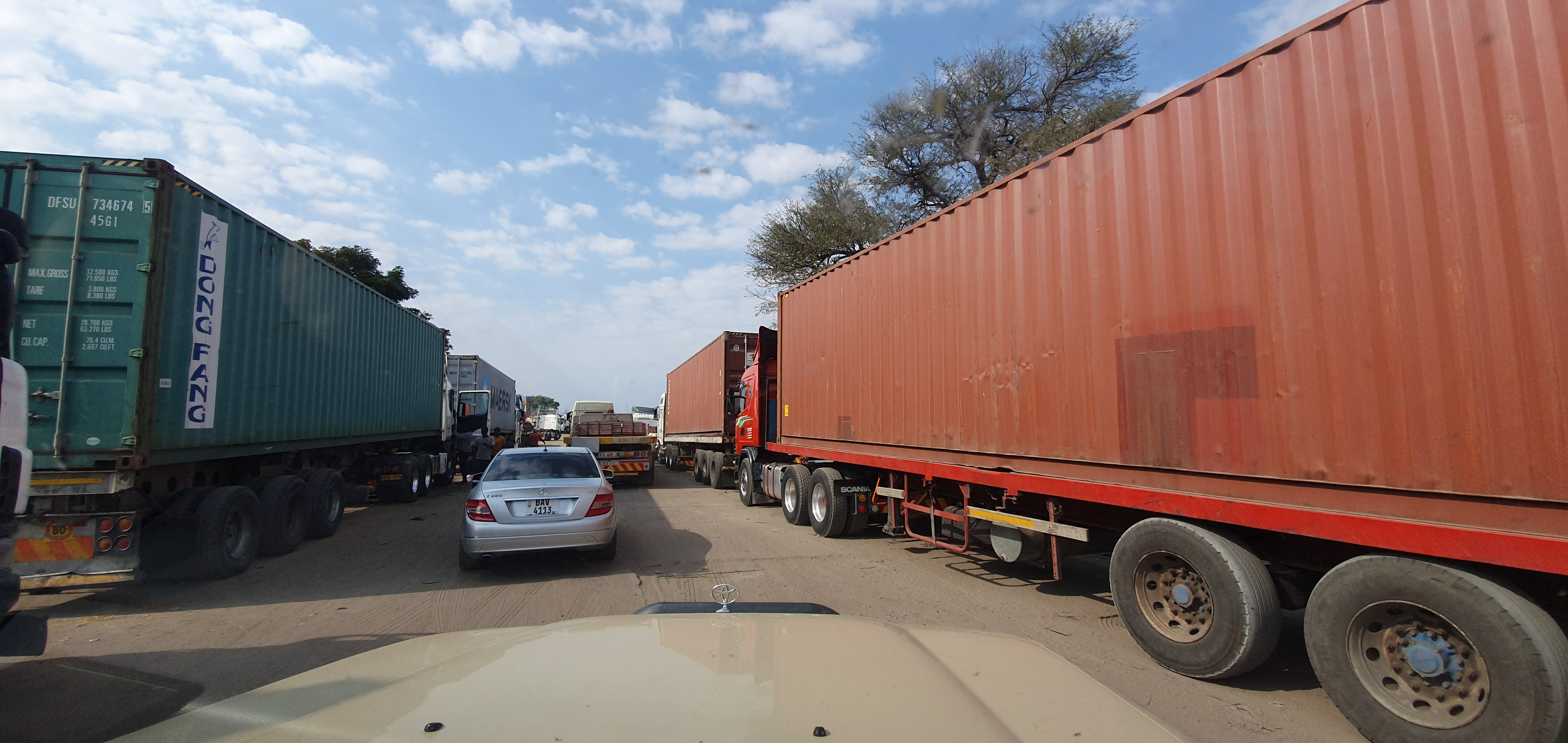
The population of the 14-nation Southern African Development Community region will, in the 28 years between now and 2050, have nearly doubled from 364 million to 712 million.
Reducing business frictions is critical to the competitiveness that will drive investment, and the investment that will drive growth, and the growth that will create jobs for this growing cohort of young people.
A 5am start from Mongu south to Shesheke told its own story. The road was dotted in the dark with cyclists moving their heavy loads into town. The amount of energy expended by them and many others in simply getting by is staggering. Another route, with less bureaucratic friction and better infrastructure, would be a good start, for Mongu as much as Zambia and the rest of the southern African region. DM
Dr Greg Mills heads the Brenthurst Foundation. www.thebrenthurstfoundation.org
Source
Language of the news reported
Related content:
Copyright © Source (mentioned above). All rights reserved. The Land Portal distributes materials without the copyright owner’s permission based on the “fair use” doctrine of copyright, meaning that we post news articles for non-commercial, informative purposes. If you are the owner of the article or report and would like it to be removed, please contact us at hello@landportal.info and we will remove the posting immediately.
Various news items related to land governance are posted on the Land Portal every day by the Land Portal users, from various sources, such as news organizations and other institutions and individuals, representing a diversity of positions on every topic. The copyright lies with the source of the article; the Land Portal Foundation does not have the legal right to edit or correct the article, nor does the Foundation endorse its content. To make corrections or ask for permission to republish or other authorized use of this material, please contact the copyright holder.
